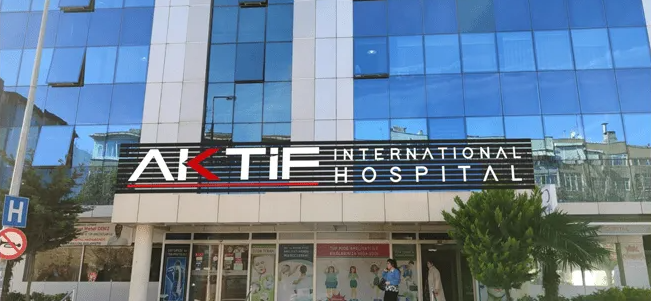Gastric balloon, also known as an intragastric balloon, is a non-surgical, temporary weight-loss device designed to help individuals lose weight by taking up space in the stomach, leading to a feeling of fullness and reduced food intake. Here’s a detailed overview of the procedure:
Procedure:
- Insertion:
- The procedure is usually performed endoscopically, meaning it involves using an endoscope (a flexible tube with a camera) to place the balloon in the stomach.
- The patient is sedated, and the deflated balloon is inserted through the mouth and esophagus into the stomach.
- Once in place, the balloon is filled with saline (or sometimes air) to a volume that typically ranges between 400 to 700 milliliters.
- Duration:
- The balloon is designed to remain in the stomach for a temporary period, usually about six months, after which it is removed in a similar endoscopic procedure.
Mechanism of Action:
- Restriction: The balloon partially fills the stomach, leaving less room for food and creating a feeling of fullness with smaller meal portions.
- Slower Digestion: It can also slow the rate at which food moves from the stomach to the intestines, prolonging the feeling of satiety.
Benefits:
- Non-Surgical: Unlike other bariatric procedures, the gastric balloon does not involve any incisions or permanent alterations to the stomach or intestines.
- Temporary: It is a reversible option, as the balloon is removed after six months.
- Weight Loss: Patients can expect to lose around 10-15% of their total body weight over the six months that the balloon is in place.
Risks and Considerations:
- Side Effects: Common side effects include nausea, vomiting, abdominal pain, and discomfort, especially in the first few days after insertion.
- Lifestyle Changes: For optimal results, patients need to commit to lifestyle changes, including a healthy diet and regular physical activity.
- Temporary Nature: Since the balloon is removed after six months, maintaining weight loss requires continued adherence to lifestyle changes.
Eligibility:
- Generally recommended for individuals with a Body Mass Index (BMI) of 28-40 who have not been successful with other weight-loss methods.
- Candidates should be willing to follow a supervised weight-loss program and make long-term changes to their eating and exercise habits.
Recovery:
- The procedure itself is usually quick, often taking less than 30 minutes.
- Most patients can go home the same day and return to normal activities within a few days.
- The first week may involve an adaptation period with a liquid diet before gradually introducing solid foods.
Long-Term Outcomes:
- While the balloon is in place, it helps in establishing healthier eating habits.
- Long-term success depends on the patient’s commitment to maintaining these habits after the balloon is removed.
Follow-Up Care:
- Regular follow-up with a healthcare provider is crucial to monitor progress, manage any side effects, and provide support for lifestyle changes.
- Nutritional counseling and possibly behavioral therapy are often part of the follow-up care to help ensure sustained weight loss and healthy habits.
The gastric balloon can be an effective tool for weight loss for individuals who need to lose weight but are not candidates for or do not wish to undergo surgical procedures. It is important to discuss this option thoroughly with a healthcare provider to understand the benefits, risks, and required lifestyle changes. If you are committed to have this procedure, you can contact us via Live Chat button up above.





